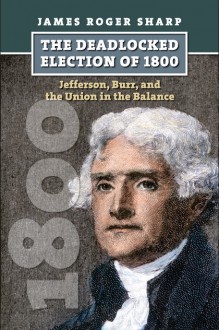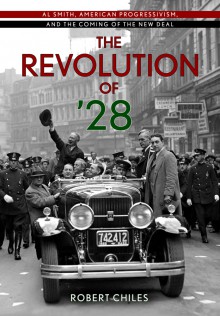FREE E-BOOK
The BIG PICTURE
A Young Woman, a Camera, an Uncompromising Ethic
June 13-17
Download your copy now at
https://www.amazon.com/-/e/B003DS6LEU

Young, talented, ambitious, Freyja Brynjarrson’s a photographer struggling to crash the art establishment, the challenges presented by her family, and keep true to her uncompromising ethic.
Fate places her on the front line of a political demonstration where soldiers open fire on civilians. She photographs death for the first time and the intensity makes everything she’s done previously in art and life seem inconsequential.
The current government is concerned these highly charged images could sway the voters against them. With a closely contested election only three days away, they’re doing whatever they can to attempt to suppress their publication. But someone far more unscrupulous than government spin-doctors also wants these images destroyed.
Gunnar Brynjarrson, Freyja’s eldest brother is the head of an illegal narcotics empire. He’s concerned about the opposition party’s platform to decriminalize drugs. His sister’s photographs could influence the outcome of a close election and put his business in jeopardy.
As events unfold, Freyja slowly becomes aware of the far-reaching impact the billions of narco dollars have on the government, the economy, friends, family and even herself. Something insidious has infected society and like a superbug, it’s resilient, opportunistic and appears as a mutation in the most unexpected places.
Freyja refuses to compromise and is intolerant and unforgiving of those who succumb to this evil or are complicit in their acceptance of it. If she stays at home, she’s afraid she’ll be infected and never attain success on her own terms. She takes an assignment with an international agency photographing the chaos and casualties of Mexico’s drug war. Freyja soon discovers she’s shot only one frame of ‘the big picture’.
The Big Picture focuses on dramatic action, zooms in on political intrigue, and takes a candid snapshot of modern romance. The plot also reveals how narco dollars, overtly and covertly, influence every level of our lives; the wars we fight, the governments we elect, the impact on healthcare, and most importantly and tragically, our personal relationships.
"The plot of The Big Picture, with its twists and reversals of fortune, ...is imaginative and fast moving...extremely compelling. ....characters are diverse, well developed, and real... ...imagery is powerful and fresh. The book is an excellent read and pausing to experience some of the imagery makes it even better."
"The Big Picture is ...a thought-provoking novel that is smartly written with genuine emotional, no holds barred dialogue, and events that will punch you in the heart. - This book was a gem to read and an interesting one at that."
"...a journey of self discovery... a coming-of-age, social thriller... focused on key ethical questions... a creative solution to expose the links of social problems."
Tom Pope - for Bookpleasures
"I like the plot and the plotters...Arni's sense of humor and the dynamics in the Brynjarsson family...Gunnar the druglord, BB the addict, Arni the hedonist, Giordana who rationalizes and Freyja who wants to fight. I like the love story, too. Freyja and Marty with their differences and similarities make a good couple.
... (there are) moral issues in The Big Picture. The drugs, corruption, the way people with beliefs and principles slowly drop them in the treadmill of politics and re-elections. What drug money does to each of the Brynjarssons. Freyja's ethics against Gunnar's power."
- C. Widmann, Goodreads Review
Imaginative and fast moving...extremely compelling...will punch you in the heart.
5 STARS - Readers' Favorite Book Reviews
This is a fascinating novel...adventure, excitement, drug cartels, family issues, romance...themes that are important and questions we sometimes need to ask ourselves.
Judge's commentary - 2nd Annual Writer's Digest Self-Published eBook Awards
CLICK HERE TO
#books #bookworm #twitterbooks
#newbooksnetwork #goodreads #amreading #readingcommunity
#booklovers #newfiction #readers #read

 Log in with Facebook
Log in with Facebook 









